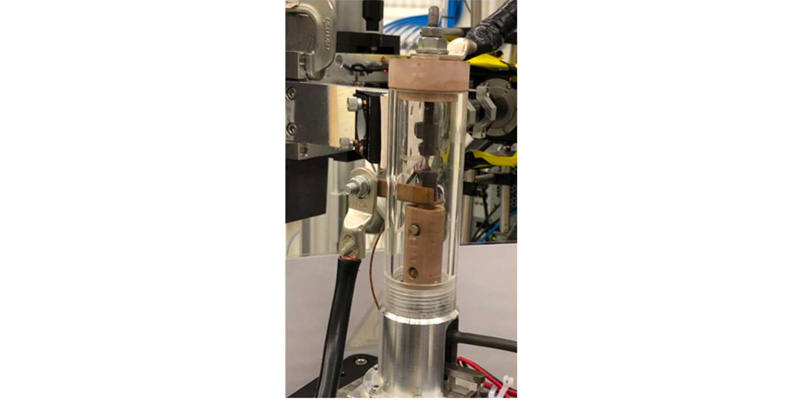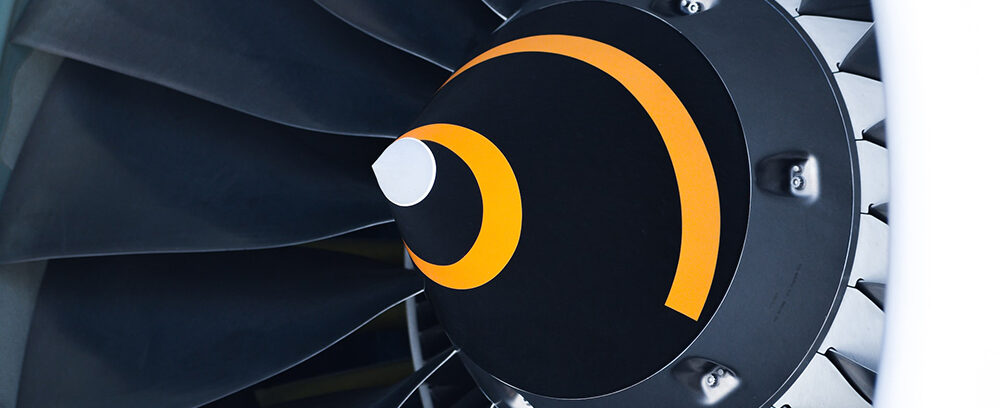Send us your feedback
Here you can send us feedback on the Maxess-website. Please describe the problem or what’s missing in a clear way, and on what page you found the issue. Thank you so much for your help!
More environmentally friendly jet engines with the help of X-ray research
Components from nickel-based superalloys can be used to produce jet engines that are lighter, more efficient, and emit less air pollution. GKN Aerospace and Malmö University teamed up using X-ray diffraction and Tomography to explore ways to improve the superalloys’ durability and resistance to strain age cracking.
Developing next-generation nickel-based superalloys – a group of metals used in jet engines – is critical for the aerospace industry since they can produce components that make jet engines more efficient and environmentally friendly.
When produced, super-alloys go through a precipitation-hardening process, a heat treatment that causes precipitates, uniformly dispersed particles, to form within the superalloy’s grain structure. They hinder motion, thus increasing the alloys’ yield strength.
Strain age cracking – a challenge in post-fabrication
During post-fabrication, a phenomenon called strain age cracking can occur. It is caused by reheating through welding and can impact performance. Therefore, specific heat precipitation techniques are of significant concern when designing high-performance components made of precipitate-hardening nickel-based superalloys.
The problem becomes even more pronounced for alloys that precipitate rapidly and have an elevated volume fraction of precipitates. Some alloys are even treated as “non-weldable”.
To increase understanding of how and why strain age cracking occurs, small angle X-ray scattering (SAXS), 3D X-ray diffraction (3D XRD), and Tomography are ideal research techniques since they can be used to perform high-temperature, in-situ experiments.
Testing heating and loading conditions using X-ray scattering and tomography
A research team from GKN Aerospace and Malmö University performed the experiment at the Swedish materials science beamline, P21.2, at the Petra III synchrotron in Germany. The experiments aimed to understand the impact of the heating rate and loading condition on strain age cracking.
The set-up at the beamline P21.2 covers length scales from the nm range to the mm range, which made it possible to retrieve information about the misfit strains that occurred during precipitation and the change in stiffness of the grains because of different heat treatments.

New insights into why strain age cracking occurs
The experiment showed that an increase in grain stiffness because of precipitation formation caused by heat is not alone a mechanism for strain age hardening to occur. Instead, the results indicate that several mechanisms at various length scales are responsible for the phenomena.
The collaboration also shows that the research techniques SAXS, 3DXRD, and tomography can be used to reveal essential knowledge about strain age hardening.
The results can be used to design future experiments to reveal more in-depth information about this phenomenon and why it occurs.
“This project has increased the overall knowledge about synchrotron facilities and their possibilities to perform challenging in-situ experiments at various length scales”.
Ceena Joseph, Materials Application Engineer, GKN Aerospace Sweden AB
Contact Partners
Case Details
GKN Aerospace
Swedish Material Science Beamline P21Department of Materials Science and Applied Mathematics




